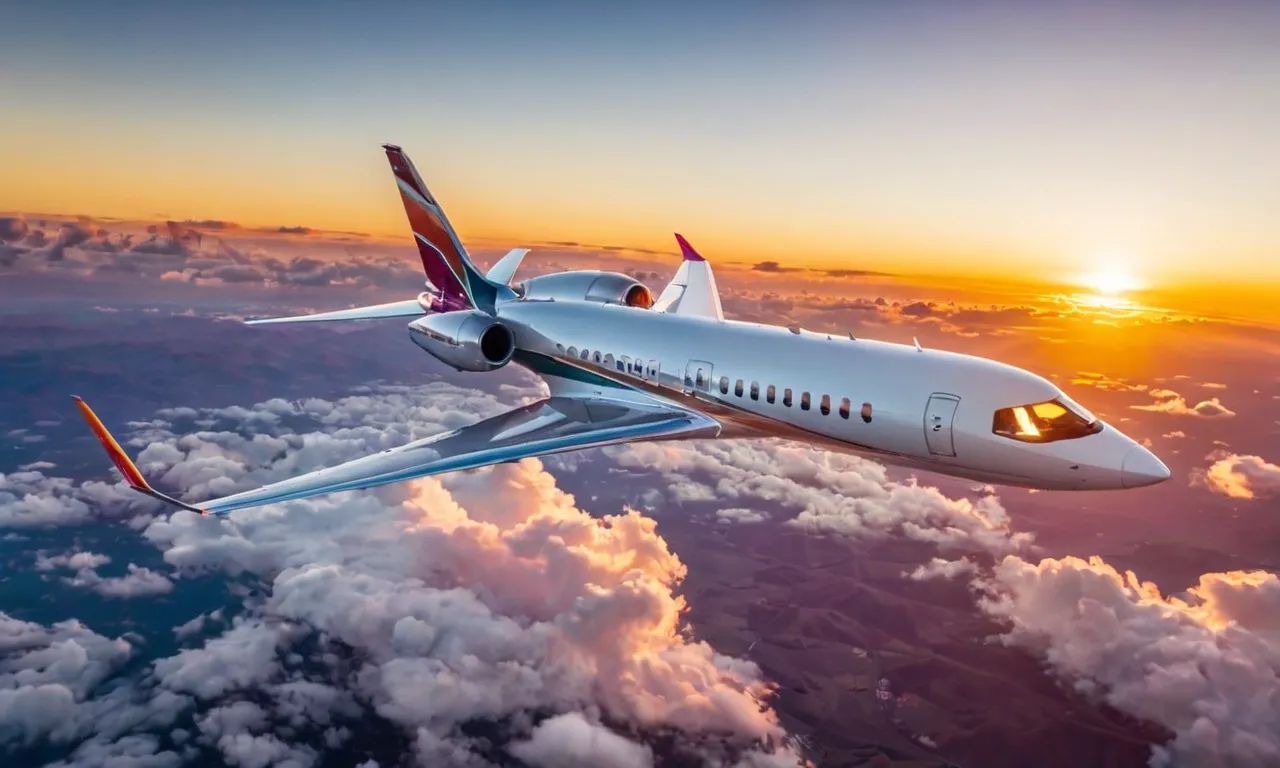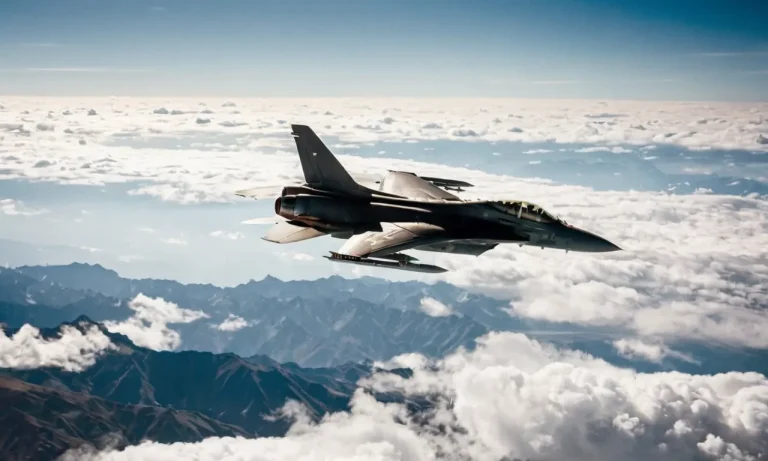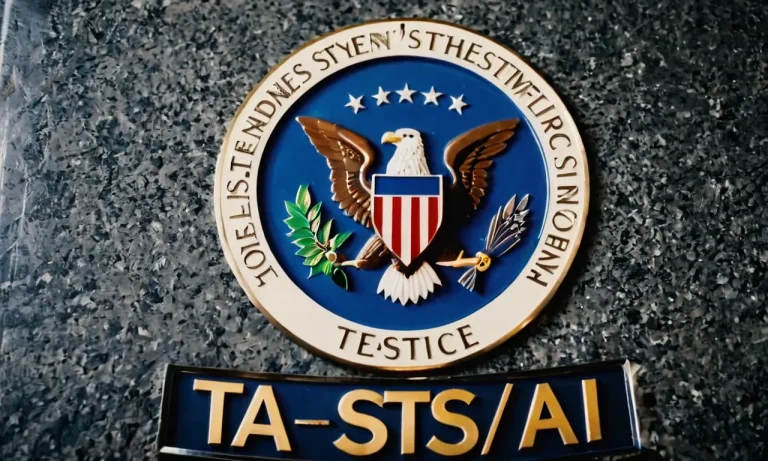How Long Can A Plane Fly Without Stopping?
Have you ever wondered just how long a commercial airplane can stay in the air without having to land? With today’s advanced aviation technology and engineering, modern airliners are able to fly incredibly long distances nonstop before needing to refuel.
If you’re short on time, here’s a quick answer to your question: most large commercial jets today can fly anywhere from 8 to 16 hours without needing to stop, depending on the plane model and flight conditions.
Some ultra long-haul flights can even fly over 20 hours nonstop with the help of extra fuel tanks.
In this comprehensive guide, we’ll cover everything you need to know about how long planes can fly without having to land, including key factors that determine nonstop flight times, differences between aircraft models, current record-holding ultra long-haul routes, and what the future may hold for even longer nonstop flights.
Key Factors That Determine How Far Planes Can Fly Nonstop
When it comes to long-haul flights, one question that often arises is how long a plane can fly without stopping. The answer to this question depends on several key factors that play a crucial role in determining the range of a plane. Let’s explore these factors in more detail.
Aircraft size and model
The size and model of the aircraft are significant factors that determine how far a plane can fly nonstop. Larger planes, such as wide-body jets, have more space for fuel storage, allowing them to carry a greater amount of fuel.
This increased fuel capacity enables these planes to cover longer distances without the need for refueling. On the other hand, smaller aircraft may have limited fuel capacity, restricting their range.
Total fuel load and capacity
The total fuel load and capacity of a plane directly influence its range. The more fuel an aircraft can carry, the farther it can fly without stopping. Airlines carefully calculate the amount of fuel required for a specific flight, considering factors such as the distance to be covered, expected weather conditions, and safety margins.
It’s important to note that different aircraft have varying fuel efficiencies, meaning that planes with the same fuel capacity may not have the same range.
Number of passengers and cargo weight
The number of passengers and the weight of cargo being carried also impact the range of a plane. The more passengers and cargo an aircraft carries, the more fuel it will consume. This additional fuel consumption reduces the available range.
Airlines must take these factors into account when planning long-haul flights to ensure that the plane has enough fuel to reach its destination without stopping.
Flight speed and conditions
The flight speed and prevailing weather conditions also affect the nonstop range of a plane. Flying at higher speeds consumes more fuel, reducing the range. Additionally, headwinds can slow down the aircraft and increase fuel consumption, thereby limiting the distance it can cover.
Tailwinds, on the other hand, can boost the speed and efficiency of the plane, enabling it to travel further. Weather conditions are closely monitored by pilots and flight operations to optimize flight routes and minimize the impact on fuel consumption.
Understanding these key factors can give us insights into how airlines plan long-haul flights and determine the maximum distance a plane can fly nonstop. It’s important to remember that these factors are interrelated and must be carefully considered to ensure the safety and efficiency of the flight.
Nonstop Flight Times and Ranges By Aircraft Model
Small regional jets
Small regional jets typically have a maximum range of around 1,000 to 1,500 miles. These aircraft are commonly used for short-haul flights, connecting smaller airports within a specific region. They are designed to transport a smaller number of passengers, usually around 50 to 100, and are ideal for flights that don’t require long travel distances.
Single-aisle planes
Single-aisle planes, such as the Boeing 737 and Airbus A320 families, are the workhorses of the commercial aviation industry. These planes have a range of approximately 2,500 to 3,500 miles, depending on the model and configuration.
They are widely used for domestic and international flights, connecting major cities and popular destinations.
Small wide-body planes
Small wide-body planes, like the Boeing 767 and Airbus A330, have a longer range compared to single-aisle planes. These aircraft can typically fly nonstop for around 4,000 to 5,000 miles. They are commonly used for transcontinental flights, connecting continents such as North America and Europe or Asia.
Large wide-body planes
Large wide-body planes, including the Boeing 777 and Airbus A380, have the longest nonstop flight ranges. These aircraft can fly for over 8,000 miles without stopping. They are typically used for long-haul international flights, connecting distant destinations such as New York and Sydney or London and Tokyo.
It’s important to note that the actual flight range of an aircraft can vary depending on various factors, including payload, weather conditions, and fuel efficiency. Airlines carefully plan their routes and fuel loads to ensure that the aircraft can safely complete the desired nonstop flight.
If you’re interested in exploring more about specific aircraft models and their flight ranges, you can visit websites like Boeing Commercial Airplanes or Airbus for detailed information and specifications.
Current Ultra Long-Haul Nonstop Routes
Singapore Airlines Flights 21 and 22
Singapore Airlines has been operating one of the world’s longest nonstop flights since 2018. Flights 21 and 22 connect Singapore with Newark, New Jersey, covering a distance of approximately 9,500 miles.
These flights are operated by the Airbus A350-900ULR, a specially designed aircraft that can fly for more than 18 hours without refueling.
The route was previously discontinued in 2013 due to high fuel costs, but with the introduction of more fuel-efficient planes, Singapore Airlines was able to resume the ultra long-haul service. Passengers on these flights enjoy a spacious cabin with comfortable seats and a range of in-flight entertainment options to make their journey more enjoyable.
If you’re planning a trip from Asia to the United States and prefer a nonstop flight, Singapore Airlines Flights 21 and 22 are a great option to consider. You can relax, enjoy the amenities on board, and arrive at your destination without the hassle of layovers.
Qantas Flight 9 and 10
Another notable ultra long-haul nonstop route is operated by Qantas Airways. Flights 9 and 10 connect Perth, Australia, with London, England, covering a distance of approximately 9,000 miles. These flights are operated by the Boeing 787-9 Dreamliner, a fuel-efficient aircraft that allows for a nonstop journey of around 17 hours.
Qantas introduced this route in 2018, making it the first nonstop flight between Australia and Europe. This has been a game-changer for travelers, eliminating the need for layovers and reducing travel time significantly.
Passengers on Qantas Flights 9 and 10 can enjoy the airline’s renowned service and amenities, including comfortable seating, delicious meals, and a selection of entertainment options.
With Qantas’ ultra long-haul nonstop route, travelers from Australia can now reach London without having to make a stopover. This has opened up new possibilities for business and leisure travelers alike.
Other super long nonstop routes
In addition to the Singapore Airlines and Qantas routes, there are several other super long nonstop routes currently in operation. These include flights such as Emirates’ Dubai to Auckland route, which is one of the longest nonstop flights in the world, covering a distance of approximately 8,800 miles.
Other notable routes include Qatar Airways’ Doha to Auckland and United Airlines’ Los Angeles to Singapore.
These ultra long-haul nonstop routes have revolutionized air travel, making it more convenient and efficient for passengers traveling long distances. With advancements in technology and fuel efficiency, airlines are now able to operate these flights, providing travelers with more options and flexibility.
What Does the Future Hold for Even Longer Flights?
As technology continues to advance at a rapid pace, the future of long-haul flights is looking more promising than ever before. With new aircraft models on the horizon, advances in engine technology, and the possibility of new routes, the limits of how long a plane can fly without stopping are being pushed further each day.
New aircraft models on the horizon
The aviation industry is constantly working on developing new and improved aircraft models that are capable of flying longer distances without the need for refueling. One such example is the Boeing 777X, which is set to be the world’s longest-range twin-engine airliner.
With a range of over 8,000 nautical miles, this aircraft will be able to fly nonstop from New York to Sydney or London to Buenos Aires, opening up a whole new world of possibilities for long-haul travel.
Additionally, companies like Airbus are also working on innovative aircraft designs that aim to increase fuel efficiency and range. The Airbus A350 XWB, for instance, incorporates advanced materials and aerodynamic features to reduce fuel consumption and increase the aircraft’s range.
Advances in engine technology
Engine technology plays a crucial role in determining how long a plane can fly without stopping. Over the years, significant advancements have been made in engine efficiency and performance, allowing aircraft to travel longer distances.
Improved fuel combustion, lighter materials, and more efficient turbine designs have all contributed to the development of engines that can propel planes further than ever before.
For example, the Rolls-Royce Trent XWB engine, which powers the Airbus A350 XWB, is designed to deliver both high efficiency and long-range performance. Its advanced technology allows the engine to burn less fuel while still providing the necessary power for extended flights.
Possible future routes
With longer flight ranges becoming a reality, airlines are exploring the possibility of new routes that were previously deemed impractical or impossible. For instance, direct flights from New York to Sydney or London to Buenos Aires, which were once considered too long, may become a reality in the near future.
Furthermore, advancements in aircraft technology may open up new polar routes, allowing for more efficient and shorter flights between continents. This could potentially reduce travel times and increase connectivity between distant regions of the world.
The future of long-haul flights is full of excitement and possibilities. With new aircraft models, advances in engine technology, and the potential for new routes, the question of how long a plane can fly without stopping may soon be answered with even more impressive numbers.
Conclusion
While today’s longest nonstop commercial flights can push nearly 20 hours aloft, perhaps someday planes may fly even longer durations as aviation technology continues advancing. But for now, 8 to 16 hours is typical for most long-haul nonstops aboard today’s wide-body jets.
We’ve covered the key factors that determine how far planes can fly without refueling, differences in aircraft capabilities, current ultra long-haul routes, and what future advances may enable someday.
Hopefully you now have a deeper understanding of just how long today’s planes can stay continuously airborne.








